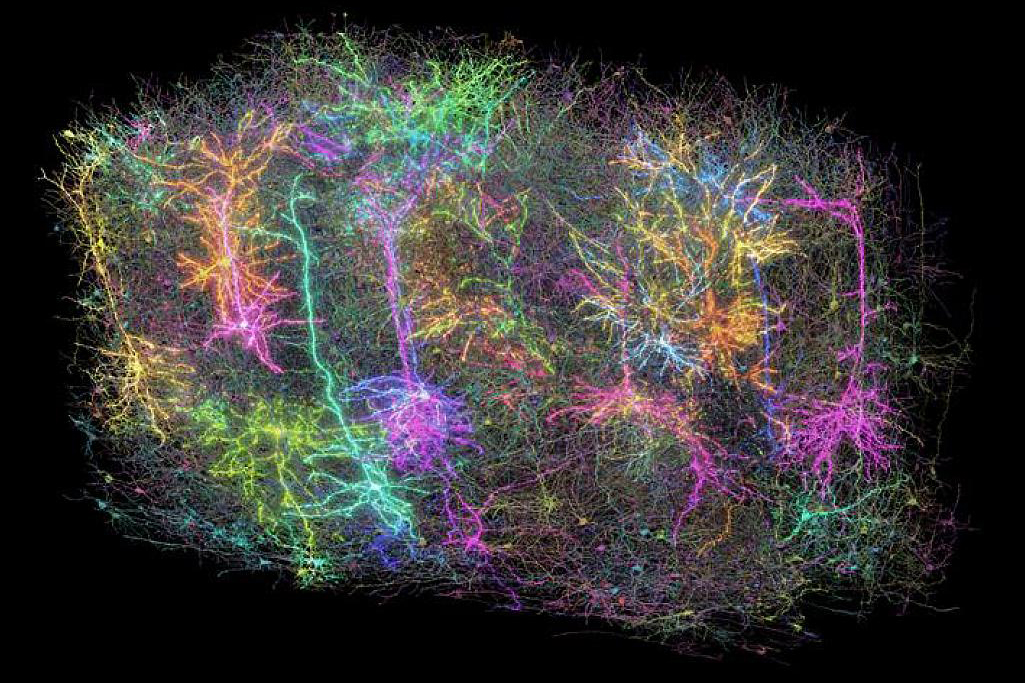Stanford Researchers Explore the Intricacies of Sleep to Unlock Health Innovations

As part of the enlightening "Research Matters" series, we take a journey through Stanford University's laboratories, gaining insights directly from the scientists whose work is shaping the future of human health and well-being. The researchers spoke candidly about their groundbreaking investigations into sleep, emphasizing the pivotal role that universities play in fostering innovation within the nation.
Statistics reveal that approximately 30 percent of the general population will face sleep-related issues at some point in their lives. This staggering number highlights a significant public health concern that has far-reaching implications.
Moreover, the relationship between sleep disorders and neuropsychiatric conditions is astonishing. For example, around 80 percent of children diagnosed with autism experience sleep problems, and a similar percentage can be seen in patients suffering from Parkinsons disease and Alzheimers disease. These figures suggest a troubling intersection between sleep quality and mental health, underscoring the urgency of finding effective solutions.
Despite the prevalence of these issues, current interventions for sleep disorders leave much to be desired. Many individuals turn to sleeping pills, which are not only ineffective for long-term use but can also pose serious health risks. Additionally, the conventional pathways for drug approval can be lengthy and cumbersome, resulting in delays for those in need of relief. It is clear that more effective solutions are urgently required.
In response to these challenges, researchers at Stanford are exploring the fundamental question of why we sleep, delving into how sleep is regulated, and investigating the brain's activities during sleep. Their goal is to understand the mechanisms that lead to sleep disruptions and develop strategies to rectify these issues.
Their research is organized into three main branches. The first branch aims to map the neural circuitry that governs sleep-to-wake transitions. This involves identifying which neurons are active during different sleep stageswakefulness, sleep, and REM sleepand understanding how their activity can be manipulated to enhance sleep quality.
Initially, the tools needed for this level of investigation were not available. However, the first conversation the lead researcher had at Stanford was with Karl Deisseroth, a pioneer in the field of optogenetics, who had recently published his first paper on the subject. Together, they envisioned applying this technology in vivo, or within living animals, specifically targeting sleep circuits. This collaboration sparked a pioneering approach that has been cultivated over the past 15 years.
The second branch of their research grapples with more profound questions about the role of sleep itself. One hypothesis currently under examination is that one of the critical functions of sleep is to repair DNA damage incurred during waking hours. This is a relatively novel idea, and the team is collaborating with various laboratories to explore it further. Their efforts are directed toward developing methods that will enable real-time monitoring of DNA breaks and the repair processes that occur during sleep.
The third branch of their research is particularly focused on translational science: how to leverage the wealth of knowledge amassed over the past two decades to create practical applications for human use. This would involve collaboration with companies and the development of commercial products that stem from their findings.
Reflecting on his passion for science, the lead researcher remarked that his attraction to the field stems from its inherent nature of innovationwhere new ideas are continuously tested, proven, or disproven. This evolving landscape keeps him motivated, stating, Every day is different.
Among the promising techniques they have encountered is the use of ultrasound, which represents a non-invasive neuromodulation method. This approach allows them to target specific circuits identified as crucial during sleep-to-wake transitions. However, the precise mechanisms behind this technique remain unclear, and unraveling these mysteries could have significant implications for the fields of neuroscience and psychiatry.
The ultimate aspiration of the research team is to decipher all the elements that govern sleep. While the path ahead may seem daunting, they are optimistic about achieving this goal within the next 10, 15, or even 20 years. The lead researcher admits that he once viewed such ambitions as unrealistic, but through diligent, incremental progress, they have made remarkable strides.
Importantly, the enthusiasm of his trainees plays a vital role in his ongoing motivation. He acknowledges their energy and passion, describing it as contagious and deeply inspiring, reinforcing his belief in the transformative power of scientific inquiry.
















